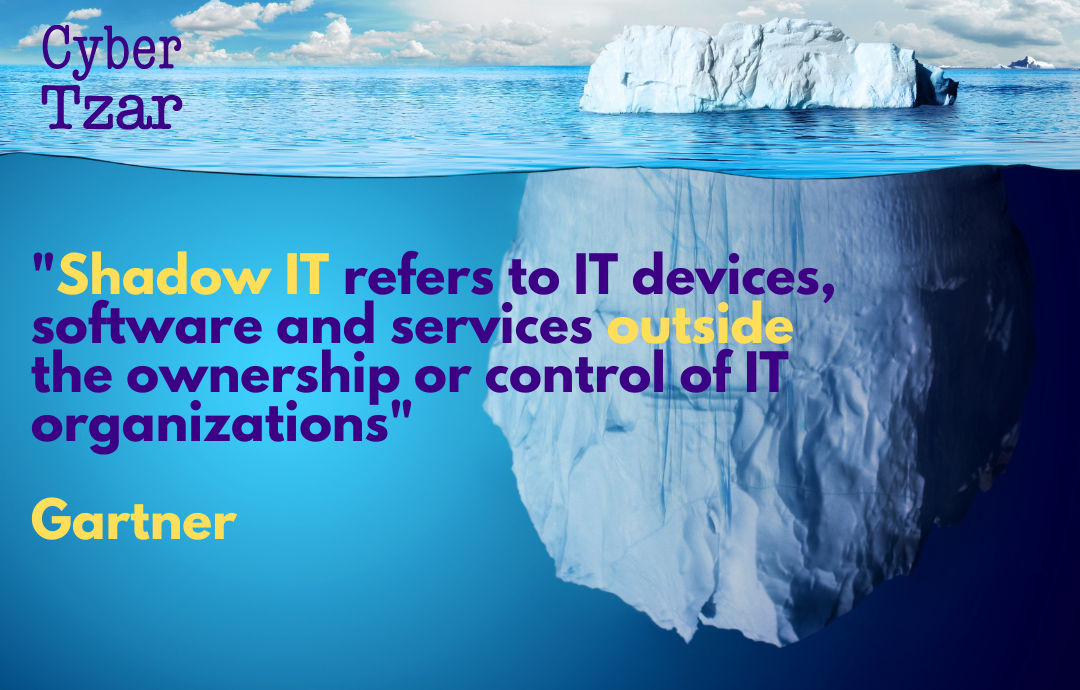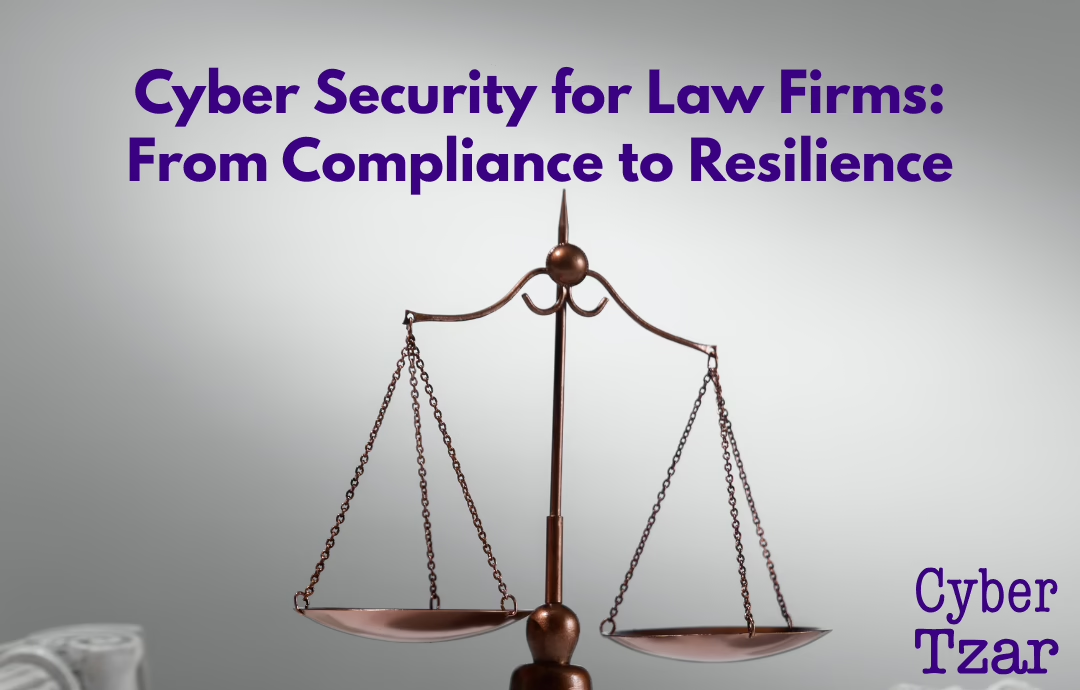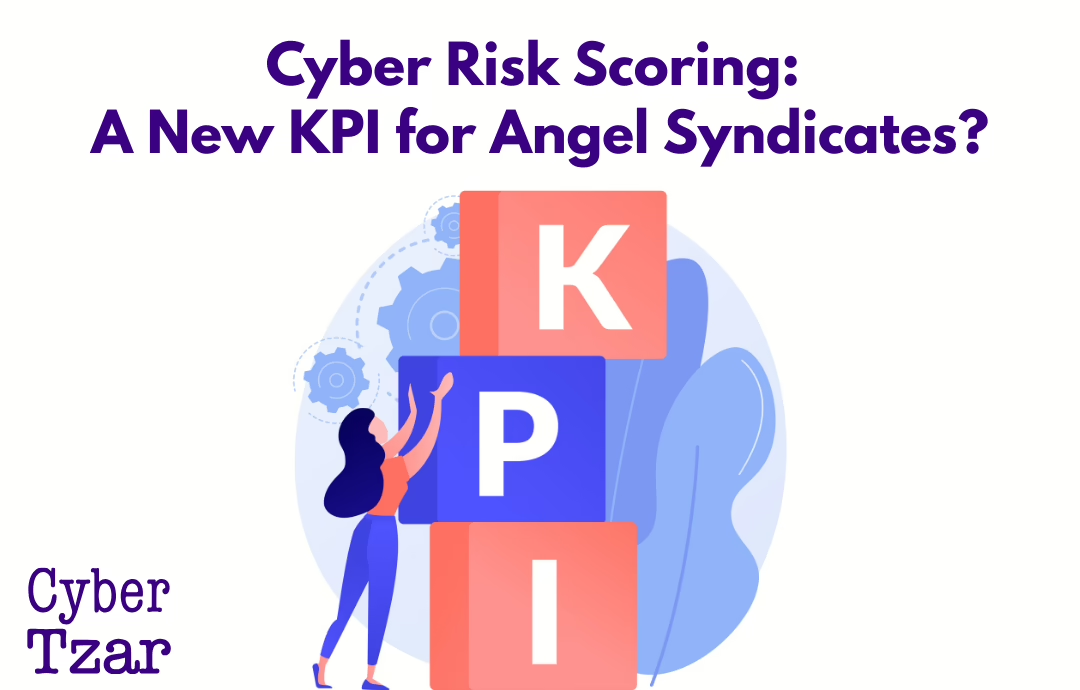Managing shadow IT with Cyber Tzar
Cyber risk management can help organizations quickly, efficiently, and quantifiably address shadow IT by implementing a comprehensive approach that includes the following steps:
Identification: Identify and document all instances of shadow IT within the organization, including all hardware, software, and services that are being used without the knowledge or approval of the IT department.
Assessment: Conduct a risk assessment to determine the potential impact of shadow IT on the organization’s security posture, including the likelihood and potential severity of a security incident.
Mitigation: Develop and implement mitigation strategies to address the identified risks, such as implementing security controls, creating policies, and providing training and awareness programs.
Monitoring: Continuously monitor and assess the effectiveness of the mitigation strategies, and adjust as necessary.
Governance: Establish governance and oversight processes to ensure that shadow IT is managed in a consistent and controlled manner.
By following these steps, organizations can quickly, efficiently, and quantifiably address shadow IT, mitigate the associated risks, and ensure the ongoing security and compliance of the organization.
Additionally, implementing a cybersecurity framework such as ISO 27001 or NIST CSF, which includes a risk management process, can also help organizations identify, assess and manage cyber risks, including the risks associated.
Have a look at Cyber Tzar’s Supplier and Portfolio Risk Management solution.



